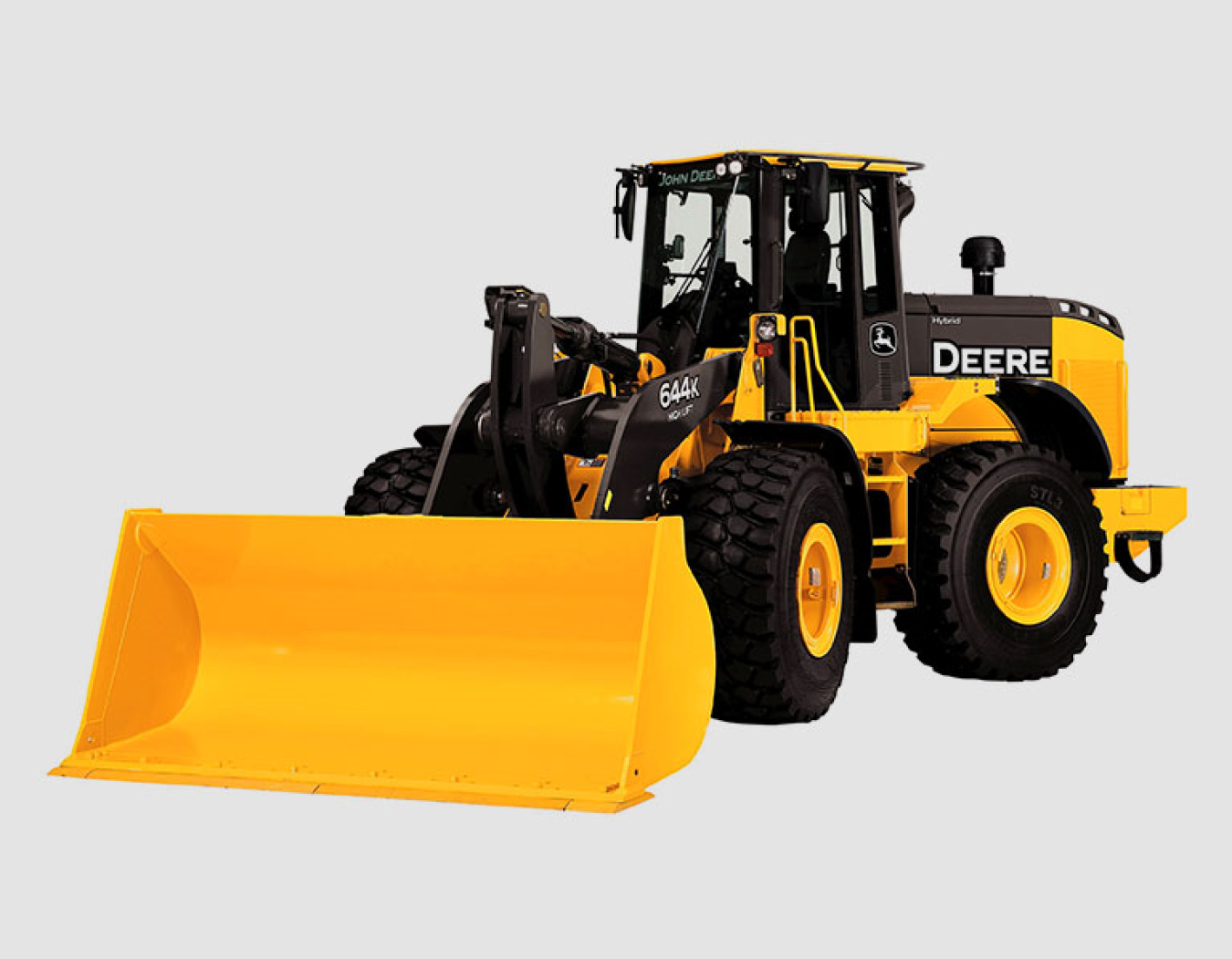John Deere Electronic Solutions partners with national lab to roll out hybrid electric vehicles that benefit from wide-bandgap technology.
Office of Energy Efficiency & Renewable Energy
August 24, 2017Finding new ways to manage fuel costs can go a long way toward reducing overall operating expenses in industries such as construction and mining, and help companies remain competitive in the marketplace. This requires equipment that can perform optimally on just a sip of fuel.
Members of the research community and auto industry are aware of efforts to improve the performance of electric and hybrid cars with high-power-density, wide-bandgap (WBG) technology. Now, John Deere Electronic Solutions (JDES) has partnered with National Renewable Energy Laboratory (NREL) Power Electronics researchers on a WBG project through PowerAmerica, rolling out hybrid electric heavy-duty construction vehicles that also benefit from cutting-edge WBG materials and components.
Lower Fuel Costs for the Nation’s Builders
Watch and learn more about wide-bandgap semiconductors.
WBG power electronic components—built utilizing silicon carbide (SiC) and/or gallium nitride (GaN) devices—outperform current Si-based components by providing the potential for smaller, lighter, more efficient, and potentially higher-operating-temperature components. However, to take advantage of the potential benefits of WBG materials and devices, early-stage research and development is necessary to design high-performance power electronics components that can operate at higher temperatures, voltages, switching frequencies, and power conversion efficiencies while robustly operating within thermal constraints.
That’s where NREL comes in.
NREL provided JDES with the fundamental thermal management expertise needed for the design of an advanced SiC WBG inverter that converts vehicle engine power into electrical power for the motors in a demonstration prototype 644K Hybrid Electric Wheel Loader. Compared with traditional inverters it improves the hybrid electric drivetrain performance and enables integration with the engine cooling system, which translates into lower fuel costs.

This existing John Deere commercial hybrid loader is similar to the types of vehicles that NREL’s SiC wide-bandgap inverter technology will be used in.
Teaming Up for Success
PowerAmerica is a public-private partnership between the U.S. Department of Energy (DOE), NREL, 22 industry representatives, 11 universities, and 2 other national labs. The goal of this collective is to deliver WBG power electronics technologies across a myriad applications.
John Deere’s improved SiC WBG inverter is an example of technology that has the potential to give heavy-duty vehicle operators a much-needed edge in the marketplace and help keep costs down. NREL’s fundamental scientific capabilities and expertise related to thermal management of power electronics WBG technologies are recognized by DOE and industry, as illustrated by NREL’s work with JDES and past work with other industry partners.
John Deere’s recent demonstration of the new hybrid loader led to it being identified as an exciting and successful project in the PowerAmerica portfolio.
It’s exciting to know that our research has contributed to this success for industry, DOE, and the American economy.
*Article first posted by National Renewable Energy Laboratory

